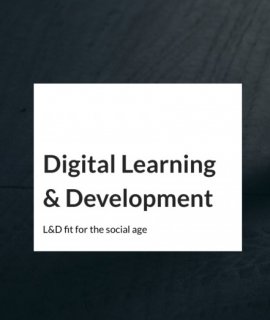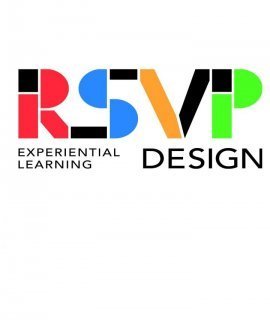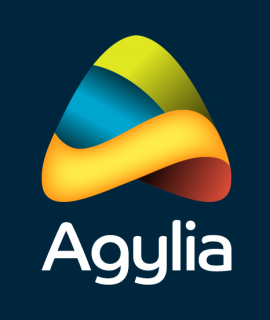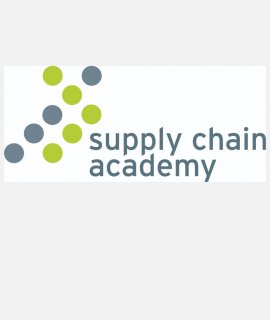Leadership is different now.
Remember the world is changing at a supersonic speed, and if you are not developing in accordance with this, you and your team may get left behind.
Over time your team becomes a reflection of you, so your attitudes and actions matter.
If you want your team to achieve, develop, become leaders and create a high performing winning culture, you must start with YOU.
Here are some insights to transforming your team!
Collective North StarWhat’s the one mission and vision you are all working towards? Is it empowering and does it create motivation and results?
Does it embody everyone’s beliefs and values? If it only embodies what you believe, people won’t work as hard and they will be resistant.
When it embodies what they believe and value they will dig deeper for that, and feel empowered along the journey, almost like they are working towards a cause bigger than themselves.
Individual motivatorsWhat really motivates your team individually? If you think its money for all, then you could be wrong and could be trying to motivate people with tactics that are not effective.
Everyone has a unique motivation, and the best leaders understand what motivates their people and design an ENVIRONMENT to motivate people to deliver results important to them. It’s the environment that people work in that either disempowers them or empowers them.
Leaders also understand how to change their approach to get the best out of others. Some team members may need encouragement, a push in the right direction, a pull, they may need empowering, they may need someone to talk to, and someone to say it how it is, or someone that leads by example.
Achievement, development, money, recognition, progression, excellence, empowerment, trust, acknowledgment, family, security, stability and reward are all things that could MOTIVATE your team. Do you really know what motivates your team?
Leverage individual strengthsI think this image says it all. If you focus all your time telling people the things they are not good at, this creates burnout. Remember you hire people for their strengths, why are you not leveraging them? All great teams recognize their strengths and how to leverage them.
Create coaching sessions and workshops to identify your team’s strengths and then give them tasks and projects which capitalize on them. Imagine a large team all driving their strengths to deliver results. The reality is that strengths come naturally to most people, so there is less resistance, more motivation, enjoyment and an increase in performance. This is one of the secrets to high performance.
Create a team of leadersGive your team projects which capitalize on their strengths, and also projects which would help them grow into the leaders you know they are capable of. Your team may fear certain things where there could be an opportunity. Encourage them to confront certain fears as this is where the gold can be hidden.
If you know that one of your team members has a skill for something, empower and enable them to run a project or coach other team members on this. This will develop their leadership skills and you won’t be the only voice. GREAT leaders lead from the back and watch their team flourish. If you can develop a team of leaders, this will strengthen the unit. People will step up when needed.
Push peoples comfort zonesRemember complacency can impact your results and team morale. Empower and enable your team to set big goals and have big aspirations. Realize that it is being able to push the comfort zone of what is possible that delivers results. This creates resilient and solution-focused team members. Is your team settling for the norm? Where are your opportunities to push the norm and challenge the status quo?
The crucial thing is when your team are being pushed and challenged, you must be the COOL head. You must be able to think clearly under pressure, as this is where a good coach comes in. Are you a calming influence? How do you shield your team from the pressures? How do you enable them to flourish in times of challenge? Do they have the skills to push their comfort zone and deliver results? Remember that when your emotions are high, your logical problem solving is low. If you are calm, then you stand a much greater chance of a successful outcome.
Lead the coaching cultureThe reality is you must develop as a coach. It should be a number one priority. If you give a man or woman a fish they will eat for a day (telling) If you teach and man or woman to fish they will eat for a lifetime (coaching).
This approach will be a reoccurring investment and people will become more solution focused. They will be able to peer to peer coach, they will develop more resilience, accountability, and results.
You must lead this, as for your team to believe in coaching, it must come from the leadership, and that’s you. How many hours per month do you spend coaching?
How many hours per month do you spend telling? Remember that people believe what comes out of their mouth, so if you can enable people to find the solutions themselves this drives accountability. If your team struggles with accountability, its time you became a good coach. Don’t can go half in or half out, you must commit to coaching mastery and your team will excel.
Authenticity creates transformationAre you pretending to be someone you are not? Because leadership should not be about titles. This would be about one person influencing another.
Surrender your ego when you have a team, it’s not about you anymore. Do you come into work and think because you are the manager or leader you have to act a certain way? Remember that the elephant in the room only causes fear and anxiety. You are responsible for clearing the air.
The ability to be authentic to your team creates a connection, an open culture, transformation and enthusiasm. You will find more people come to you for support, coaching and you will identify challenges you didn’t know were there. This will strengthen the teams bond and deliver an increase in performance.
Remember the team can sense when someone isn’t telling the truth and this creates resistance. The key is to be who you are outside of work and be that person inside work. Giving honest and open feedback is crucial and showing you are human.
Don’t forget who you are and what makes you great. Create an environment that you love. What motivates you? Does your environment embody that? What small changes could you make now?
Accountability is crucial
Do you have advocates in your team? This is crucial for driving accountability as in time, people will self-coach. Create leagues and challenges to drive accountability, and ensure you check in with people on their progress.
Ensure you have advocates of your plans and ensure they are also driving team accountability.
They key here is also delivering what you promised. Become a leader of good values and be them consistently. What values do you hold as a leader? And are you consistently being them? Do you practice what you preach?





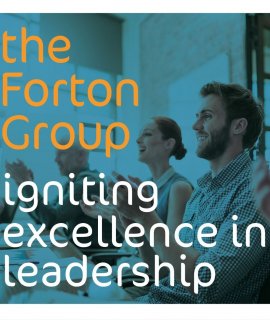
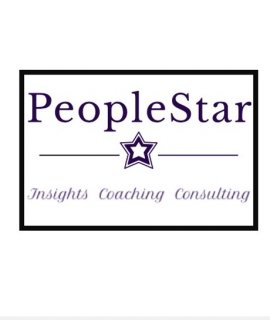
_square_270x320.jpg)
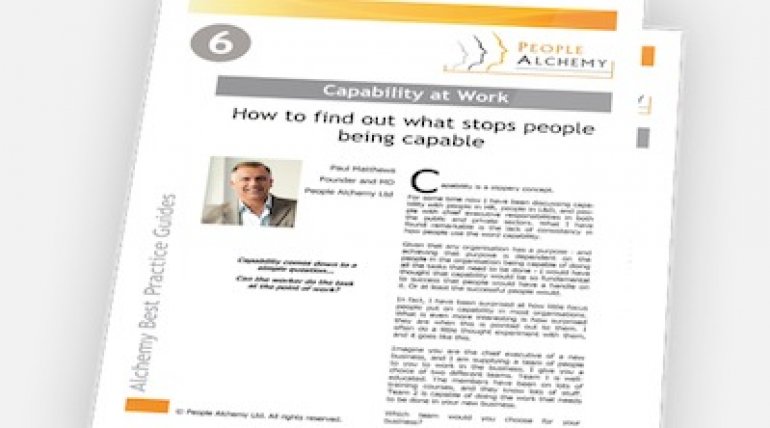
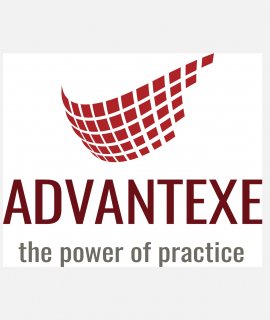
_270x320.jpg)
